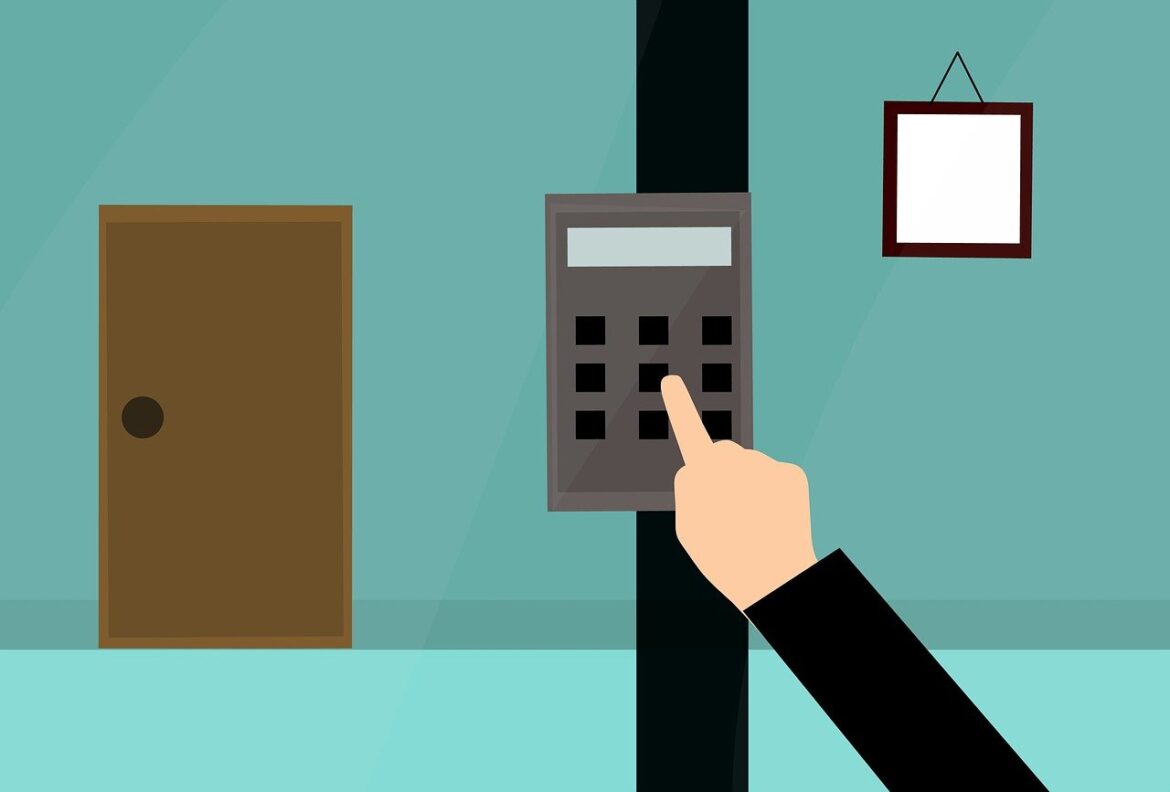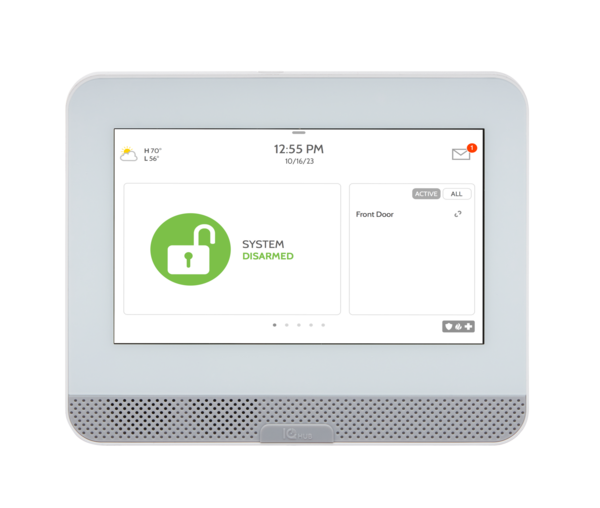When you invest in modern home security systems, the last thing you want is an accidental false alarm. While alarms are designed to keep your home, family, and property safe, false triggers can quickly become frustrating,and in many cases, expensive. Many cities charge fines for repeated false alarms, which can add up to hundreds of dollars a year. Fortunately, by understanding why false alarms happen and following a few simple best practices, you can reduce unnecessary alerts and get the most out of your security system.
Why Do False Alarms Happen?
False alarms can stem from many different factors. Some of the most common include:
- User error: Entering the wrong code, forgetting the system is armed, or accidentally setting off a motion sensor.
- Pets and movement: Dogs, cats, or even curtains blowing in the air from an open window can trigger sensors.
- Faulty or misaligned equipment: Loose door/window contacts, aging batteries, or improper installation.
- Environmental factors: Power outages, electrical interference, or extreme weather conditions.
Tips to Prevent False Alarms
- Educate Everyone Who Uses the System
Make sure all family members, roommates, or employees understand how to arm and disarm the system properly. For businesses, train new staff during onboarding. A little training can prevent many unnecessary trips from law enforcement. - Use Updated Access Codes
Outdated access codes can lead to mistakes. If you’ve had guests, former employees, or contractors who had access, update your codes regularly to keep your system secure and avoid accidental activations. - Secure Pets and High-Traffic Areas
If you have pets, consider pet-immune motion sensors or set the system to “stay” mode when they’re home. Make sure ceiling fans, balloons, or hanging decorations aren’t in the path of motion detectors. - Schedule Routine Maintenance
Over time, sensors may loosen or batteries may weaken. Scheduling periodic checkups ensures your system works correctly and minimizes the chance of false alarms due to malfunctioning parts. - Use Professional Installation
DIY setups are convenient, but improper sensor placement is one of the top causes of false alarms. A professional installer knows how to position devices to maximize protection while reducing unnecessary triggers. - Leverage Smart Features
Many modern systems allow remote monitoring and notifications through a smartphone app. If a sensor is triggered, you can verify activity with your cameras before authorities are dispatched, saving you time and potentially avoiding fines. - Communicate With Your Monitoring Company
If your system is professionally monitored, update your contact list so the monitoring center can reach you quickly in the event of an alarm. This gives you the chance to confirm whether it’s an emergency before dispatching police.
Why It Matters for Businesses Too
While homeowners often face false alarm fines, businesses are just as vulnerable. Commercial security systems in offices, warehouses, and retail stores can be tripped by cleaning crews, employees forgetting to disarm the system, or malfunctioning equipment. For businesses, repeated fines aren’t just costly—they can also damage relationships with local law enforcement. Ensuring proper training and system upkeep is essential for maintaining both security and credibility.
The Bottom Line
False alarms don’t have to be a part of your security experience. By educating users, maintaining your equipment, and taking advantage of smart technology, you can keep your system reliable and avoid costly penalties. A properly managed alarm system provides peace of mind—without the extra stress of fines.
If you’re concerned about false alarms or need help ensuring your system is set up correctly, Wise Security Solutions can provide expert guidance, professional installation, and ongoing support to keep your property safe and secure.




